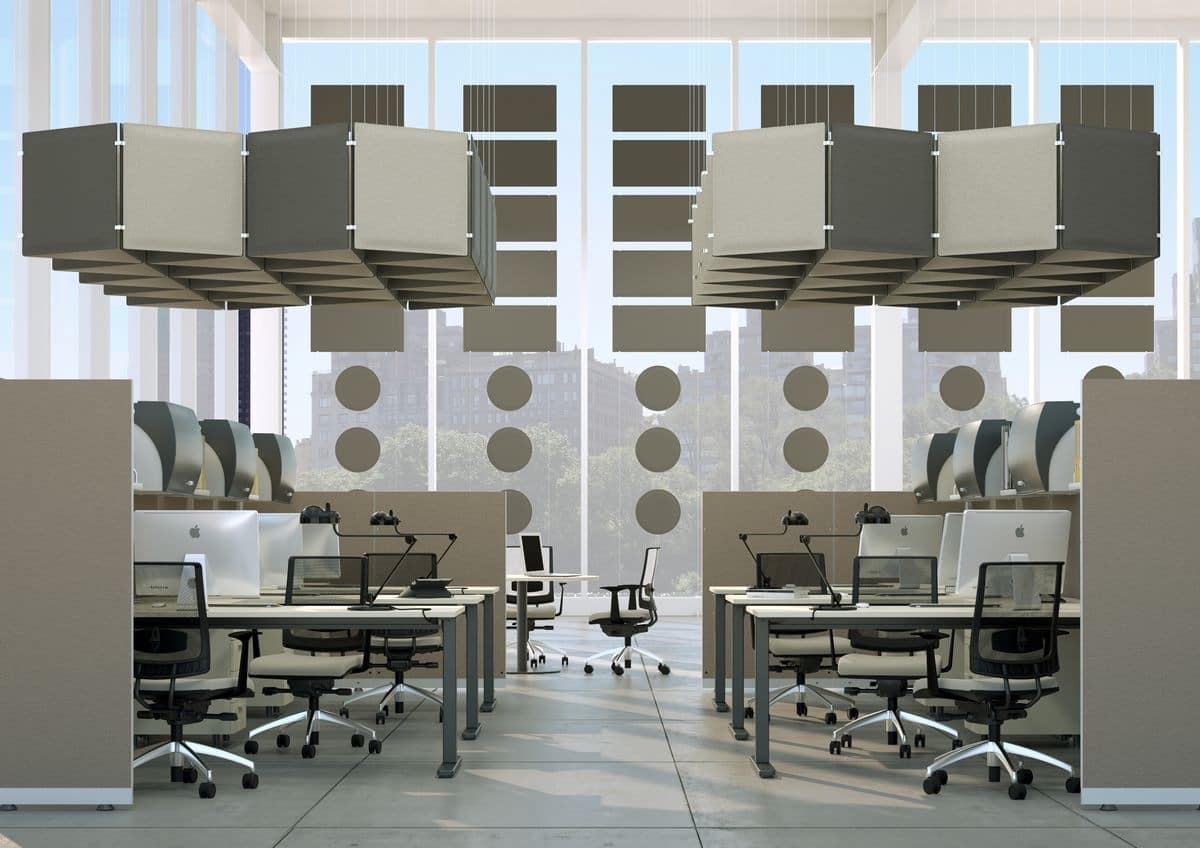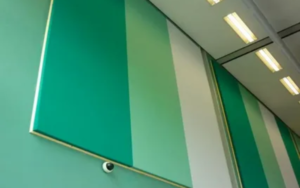
Introduction:
In industrial environments, noise can be a constant challenge that affects productivity, employee well-being, and overall operational efficiency. Industrial sound absorbing panels offer an effective solution to mitigate excessive noise and create a more conducive work environment. In this blog post, we will guide you through the process of installing and maintaining industrial sound absorbing panels effectively, ensuring maximum sound reduction and longevity.
Install and Maintain Industrial Sound Absorbing Panels
Planning and Preparation:
Before installing industrial sound absorbing panels, carefully assess the noise sources and determine the areas that require sound reduction. Consider the panel placement to maximize their effectiveness. Pay attention to high-noise areas, machinery enclosures, or walls and ceilings with excessive sound reflection. Proper planning ensures that the panels are strategically placed for optimal sound absorption.
Installation Process:
Follow these steps for a successful installation of industrial sound absorbing panels:
- Clean the surface: Ensure that the installation surface is clean, dry, and free from any debris or contaminants. This will ensure proper adhesion and longevity of the panels.
- Measure and mark: Measure the installation area and mark the positions where the panels will be placed. Use a level or measuring tape to ensure accurate alignment.
- Adhesive application: Apply the recommended adhesive on the back of the sound absorbing panels according to the manufacturer’s instructions. Ensure even coverage to ensure a strong bond.
- Panel placement: Carefully place the panels onto the marked positions, pressing firmly to ensure proper adhesion. Double-check the alignment and adjust if needed.
- Allow curing time: Give the adhesive enough time to cure as per the manufacturer’s instructions before exposing the panels to excessive vibrations or moisture.
Maintenance and Cleaning:
To maintain the effectiveness and longevity of industrial sound absorbing panels, regular cleaning and maintenance are crucial. Follow these guidelines:
- Dust removal: Use a soft brush or vacuum cleaner with a brush attachment to remove dust and debris from the surface of the panels. Regular dusting prevents the accumulation of particles that can affect the sound absorption capabilities.
- Stain removal: If the panels get stained, use a mild detergent solution and a soft cloth or sponge to gently clean the affected area. Avoid using harsh chemicals or abrasive materials that may damage the panels’ surface.
- Inspection: Regularly inspect the panels for signs of wear, damage, or deterioration. Address any issues promptly to maintain their acoustic performance. Replace panels that are severely damaged or no longer effective.
- Moisture prevention: Industrial environments may have high humidity levels or exposure to moisture. Ensure proper ventilation and moisture control to prevent the growth of mold or mildew on the panels.
Conclusion:
Industrial sound absorbing panels offer an effective solution to control noise levels and create a more favorable work environment. By following proper installation techniques, conducting regular maintenance, and addressing any issues promptly, you can maximize the sound reduction capabilities of these panels. Remember to plan strategically, clean the panels regularly, and monitor their condition to ensure long-lasting effectiveness. With the proper installation and maintenance of industrial sound absorbing panels, you can achieve a quieter and more productive industrial space while prioritizing the well-being of your employees and optimizing operational efficiency.




